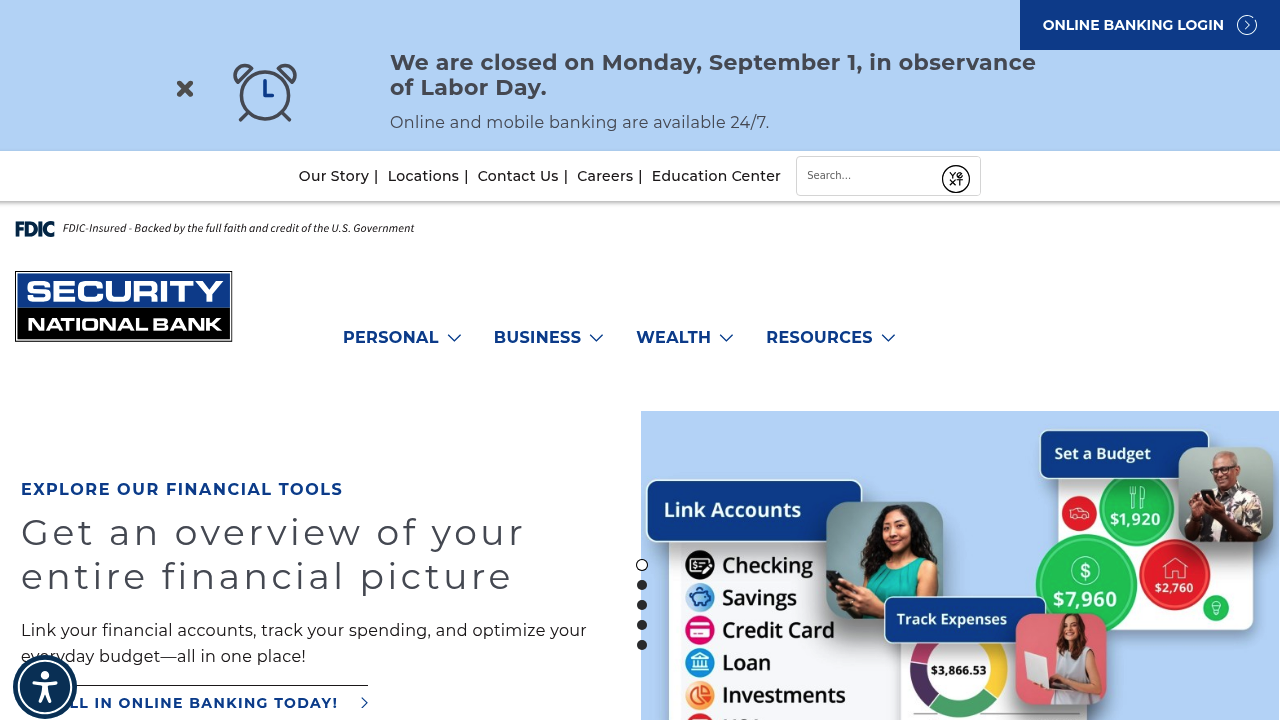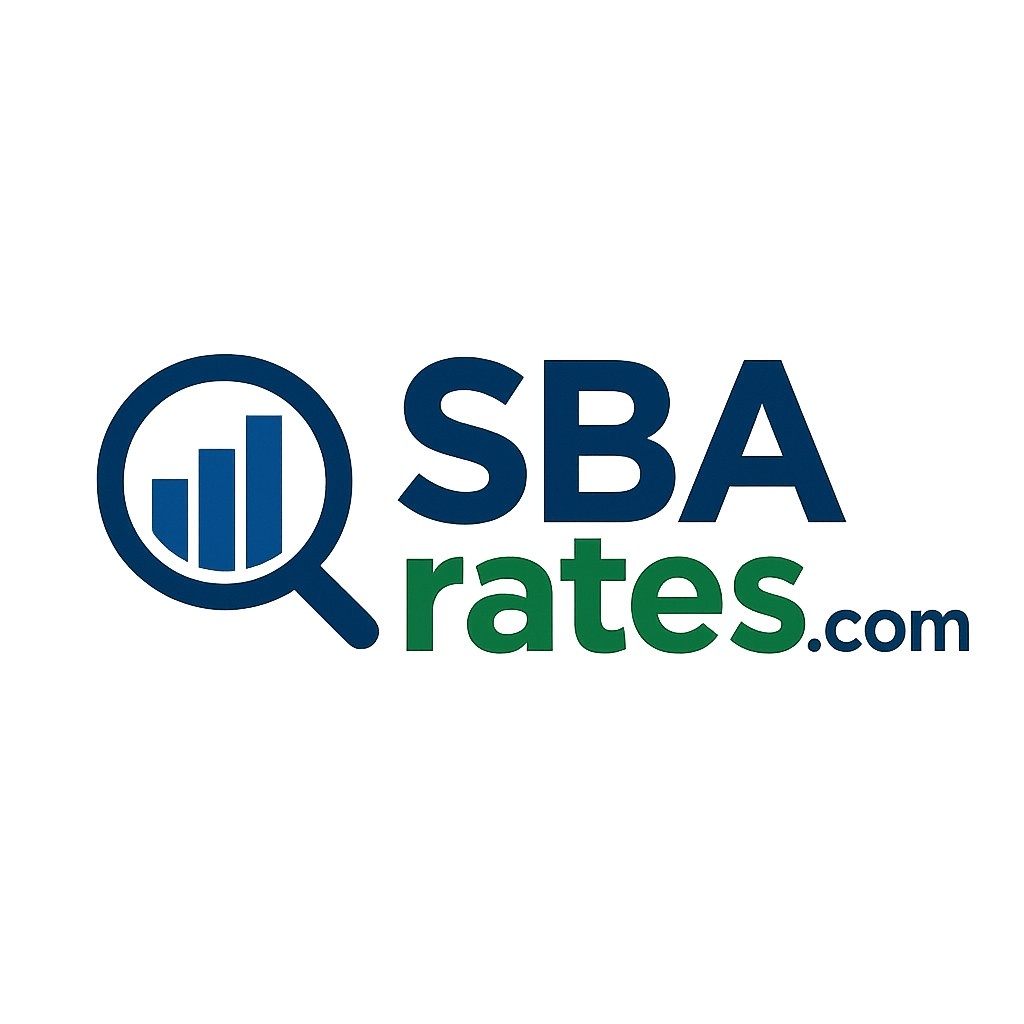Coastal and Great Lakes FreightWater Transportation
483113

 Security National Bank of Omaha (NE)
Security National Bank of Omaha (NE)
With our extensive history and family-owned legacy, we have a deep and genuine understanding of how to serve and treat our customers.
First Bank (NC)
SBA Loans for Coastal and Great Lakes Freight Water Transportation: Financing Growth in Maritime Logistics
Introduction
Coastal and Great Lakes freight water transportation companies play a vital role in moving bulk commodities, manufactured goods, and raw materials along the U.S. coasts and inland waterways. Classified under NAICS 483113 – Coastal and Great Lakes Freight Water Transportation, this sector includes businesses that transport goods via ships, barges, and other vessels across domestic coastal routes and Great Lakes trade corridors.
As a backbone of U.S. commerce, the industry supports energy, agriculture, manufacturing, and construction supply chains. However, maritime transport companies face steep challenges: rising fuel costs, vessel maintenance, strict regulatory compliance, and competition from rail and trucking. Many traditional banks hesitate to lend to small and mid-sized operators due to high capital intensity and cyclical freight demand.
This is where SBA Loans for Coastal and Great Lakes Freight Water Transportation come in. With government-backed guarantees, SBA loans provide affordable capital, longer repayment terms, and lower down payments—helping shipping companies expand fleets, upgrade infrastructure, and maintain financial stability.
Industry Overview: NAICS 483113
The Coastal and Great Lakes Freight Water Transportation industry includes businesses engaged in:
- Transporting bulk commodities such as coal, grain, iron ore, and petroleum products
- Shipping containerized freight along coastal routes and inland waterways
- Operating barges, tankers, and specialized cargo vessels
- Providing intermodal transport solutions in partnership with rail and trucking
Domestic waterborne freight is a cost-effective and environmentally efficient mode of transportation. Demand is driven by construction, energy, and international trade. However, companies must continually invest in fleet modernization, safety systems, and environmental compliance to meet evolving industry standards.
Common Pain Points in Maritime Financing
From logistics forums, Reddit’s r/maritime, and industry finance discussions, several financial challenges for water freight companies stand out:
- High Vessel Costs – Acquiring or retrofitting ships and barges requires millions in upfront capital.
- Fuel Price Volatility – Marine fuel costs fluctuate significantly, impacting profitability.
- Maintenance and Repairs – Regular inspections, dry-docking, and safety upgrades demand steady cash flow.
- Environmental Compliance – Meeting U.S. Coast Guard, EPA, and IMO standards requires investment in emissions and ballast water systems.
- Cash Flow Gaps – Payment delays from bulk commodity shippers or seasonal shipping cycles can strain liquidity.
How SBA Loans Help Freight Water Transportation Companies
SBA loans provide accessible and affordable financing options to stabilize operations and invest in long-term growth.
SBA 7(a) Loan
- Best for: Working capital, crew payroll, insurance, and smaller equipment purchases.
- Loan size: Up to $5 million.
- Why it helps: Offers flexible funding for day-to-day operational needs, including fuel and repairs.
SBA 504 Loan
- Best for: Vessel acquisitions, port facility upgrades, and large equipment purchases.
- Loan size: Up to $5.5 million.
- Why it helps: Provides long-term financing for capital-intensive investments like barges, tankers, or terminal infrastructure.
SBA Microloans
- Best for: Small operators or startup shipping companies.
- Loan size: Up to $50,000.
- Why it helps: Covers smaller expenses such as safety gear, navigation technology, or marketing contracts.
SBA Export Loans
- Best for: Companies engaged in international coastal trade.
- Loan size: Up to $5 million depending on program.
- Why it helps: Supports export working capital, international logistics, and participation in global shipping contracts.
Step-by-Step Guide to Getting an SBA Loan
- Confirm Eligibility – Ensure your business meets SBA size standards, operates legally in the U.S., and that owners typically have a credit score of 650+.
- Prepare Documentation – Gather tax returns, financial statements, vessel logs, Coast Guard certifications, and compliance reports.
- Find an SBA-Approved Lender – Work with lenders experienced in maritime, logistics, or transportation financing.
- Submit Application – Clearly explain how funds will be used, whether for vessel purchases, port upgrades, or working capital.
- Approval Timeline – SBA loans generally take 30–90 days depending on loan type and complexity.
FAQ: SBA Loans for Coastal and Great Lakes Freight Water Transportation
Why do banks hesitate to lend to maritime freight companies?
Banks often see this sector as risky due to high capital costs, regulatory compliance, and cyclical demand. SBA guarantees reduce lender risk, making financing more accessible.
Can SBA loans finance new or retrofitted vessels?
Yes. SBA 504 loans are ideal for purchasing vessels or funding major retrofits to meet compliance and efficiency standards.
Are SBA loans available for port facility expansion?
Absolutely. SBA 504 loans can be used for terminal expansions, warehousing, and loading equipment.
Can SBA loans help with crew payroll and operating expenses?
Yes. SBA 7(a) loans provide working capital for payroll, insurance, and operational costs.
What down payment is required?
SBA loans typically require 10–20% down, compared to 25–30% for conventional maritime financing.
What repayment terms are available?
- Working capital: Up to 7 years
- Equipment/vessels: Up to 10 years
- Real estate/port facilities: Up to 25 years
Final Thoughts
The Coastal and Great Lakes Freight Water Transportation industry is a critical part of U.S. trade and logistics, moving millions of tons of freight annually. Yet, the industry’s reliance on high-cost vessels, volatile fuel prices, and strict compliance standards make financing a persistent challenge.
SBA Loans for Coastal and Great Lakes Freight Water Transportation provide the affordable capital needed to purchase vessels, upgrade facilities, stabilize cash flow, and expand service capacity. Whether you operate barges on the Great Lakes or coastal container routes, SBA financing can help your business stay competitive in the evolving maritime economy.
Filters
Tags
#Preferred Lenders Program
#SBA Express Program
#Existing or more than 2 years old
#Startup
#Loan Funds will Open Business
#Change of Ownership
#New Business or 2 years or less
#7a General
#Variable Rates
#Fixed Rates
#Asset Base Working Capital Line (CAPLine)
#International Trade Loans
#Export Express
#7a with WCP
#Contract Loan Line of Credit (CAPLine)
#7a with EWCP
#Preferred Lenders with WCP
#Preferred Lenders with EWCP
#Seasonal Line of Credit (CAPLine)
